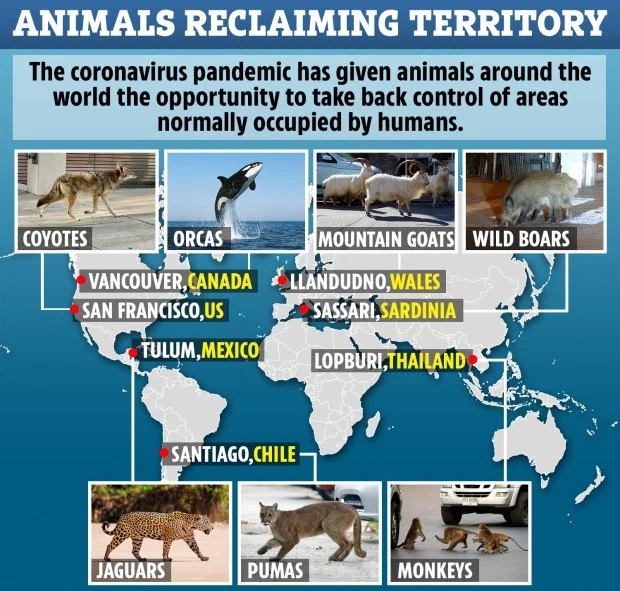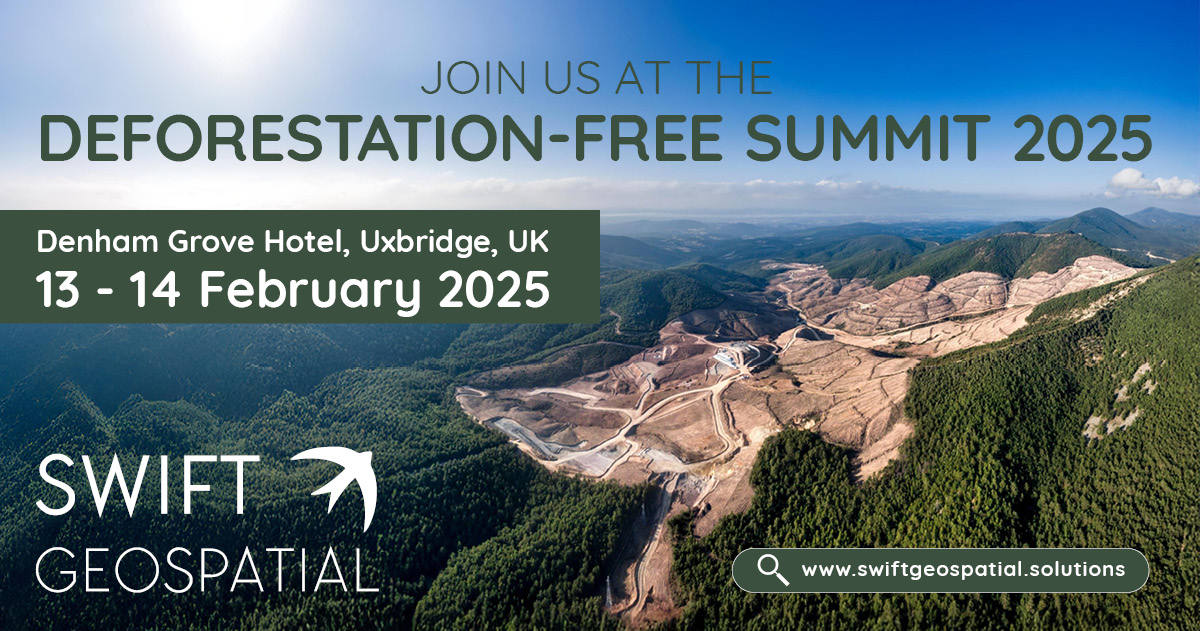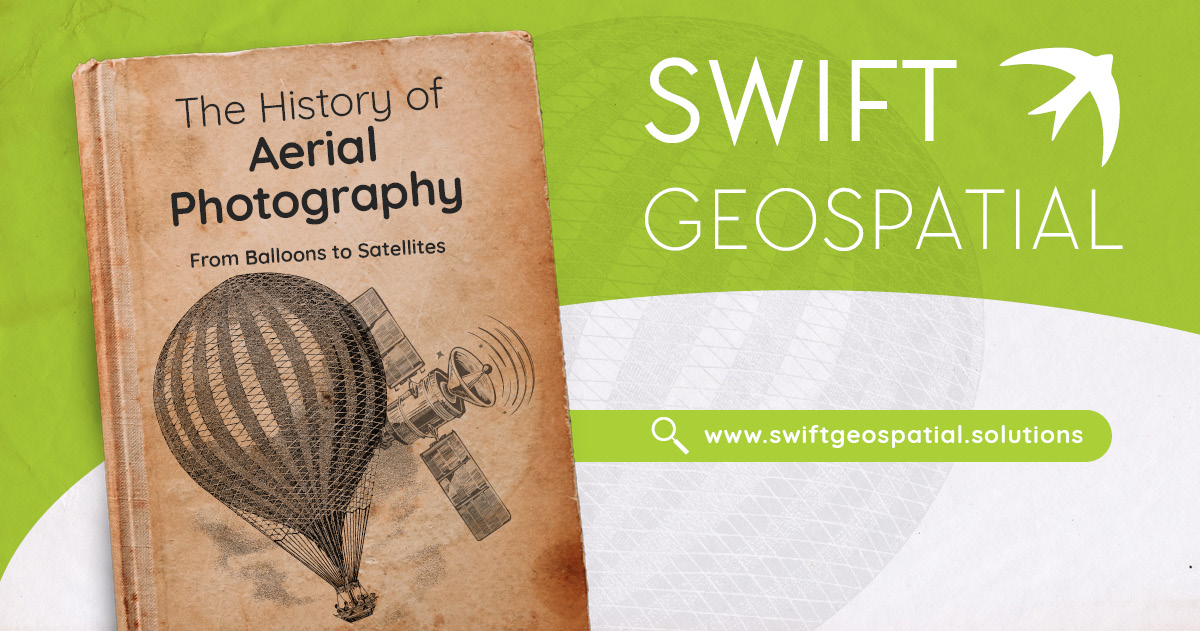Celebrating Earth Day 2020 – A Very Unique 50th Anniversary
Earth Day is an annual event, started by Sen. Gaylord Nelson in 1970 after finding himself increasingly frustrated with the lack of action in Washington on environmental issues during the time he was in Congress. What started in schools as an idea of “environmental teach-ins” to educate the need for change, grew into the movement we have today, as the combination of the general public interest and student passion strengthened the environmental cause. The need to protect the earth has unfortunately been a constant battle and a positive is that we see environmental issues forcing their way into the national political agenda through the will of the population,
This is the day, April 22nd, that we all called to make our environmental voices heard.
Earth Day has expanded over it’s 50 years to globally include 193 countries, who all celebrate a day to honour our planet and the concept of peace. Events are planned throughout the world, focused on environmental issues as communities’ band together to pave a more sustainable path towards healing and taking better care of our planet. So after 49 years, what makes this particular Earth Day so unique?
After 49 years, this may be the most important Earth Day yet, and why you ask?
Simply put, the Corona Virus- the word on everyone’s minds and hopefully nobody’s lips. Whilst we are all currently tackling the largest global health crisis in our era. This year, things are slightly off-center, which actually provides a few interesting case studies as to the effect we have on the environment with our daily habits being placed on pause for what could be months due to the lockdowns in action around the world.
Earth Day is an initiative which is not to be ignored. It simply tasks us all to be conscious of the impact we as humans have on the environment, and this time around, we can see it for our very own eyes.
Where have all the people gone?
Home, everyone is at home. Which means that there are less cars on the road, factories aren’t operating at full capacity bellowing their toxins into the air. The oceans are seeing less activity and the skies everywhere from Asia to Africa are visibly clearer. Nature in general, is taking a little breather from us.
A great article from Getaway magazine showcases the empty roads, sidewalks and walkways of famous cities around the world. And animals have taken notice. Whilst it is not the mass fix that conservationists dreams are made of. It certainly has been highlighted on social media more then a few times as we excitedly watch wildlife take a few steps into our concrete world, which let’s be honest, they fully deserve to do.
The Animals Return
Dolphins have unfortunately not returned to Venice canals (yet), but that does not mean that amazing changes are not happening. Is nature truly winning at the moment, yes and no. Ducks, fish and crabs have returned to the waters of Venice, with citizens starting to debate whether they should enforce stricter laws on motorised boat traffic in order to preserve the biodiversity that has returned. So that is a win.
Amid certain internet hoaxes and fake news, there are true stories of nature taking strides into areas that previously might not have occurred in more urban areas due to the reduced numbers of humans around. Which let’s be honest, we all enjoy seeing.

Confirmed sightings around the world. Is it coincidence with us all at home that animals have ventured into places normally they would avoid?
There was a male Kudu casually roaming the Pretoria East suburbs.
This Is Not My Beautiful House
If I fits I sits.
Are we able to categorically attribute these city wide sightings directly to the lockdown effect? I don’t know. But there will be studies a few months from now that will detail the effect this lockdown has had on the animal population of earth, especially near populated areas. And we will report back on those.
What If We All Just Disappeared?
Weird question, but click the button below to view a selection of great images that show what happens when humans aren’t around and nature showcases it’s ability to find a way. Granted these are mainly abandoned areas but it is still great to see that nature can recover when left to it’s devices.

And The Oceans?
In Kwazulu-Natal all of the shark nets and drumlines have been lifted allowing marine life to roam the oceans freely as South Africans remain indoors. With less fishing boats and shipping traffic locally, could this be the time that certain endangered species need to grow their numbers? Probably not, as the period of this new-found freedom is possibly short lived, but questions need to be asked once this is all over of the effect these and other measures taken over this period have had. If the earth is healing itself as many are hoping, could this be a blueprint on how we manage our planet in the future?
Whats that in the sky?
Is it a bird, probably. Is it a plane, most likely not. Is it Superman, no…it’s just clean air, which is just as good. New Delhi, the worlds most polluted capital city is experiencing cleaner skies as the combination of industrial, agricultural and vehicle pollution that usually blankets the city with a thick grey smog for several months of the year, is no longer there. There are reports from around the globe of far off mountain ranges being visible for the first time in decades. Major cities are reporting lower emission levels, and this begs the question again…what are we learning from this experience? It seems very obvious that when the earth is given a slight break, it snatches at it. And just how much damage can we do until it no longer does? We should never have to find that out.
Can We Play A Part?
At Swift Geospatial we specialise in views of Earth from outer space. High resolution satellite imagery is effectively being used in conservation to provide and substantiate data related to environmental studies. Wildlife researchers are able to use remote sensing and the power of satellite imagery for numerous projects. The tradition of going out into the field, site or area of interest to collect data is being changed, as Geography departments are increasingly being sought after by every other major department, including conservation, as their skill set becomes more prevalent to collecting data.
We encourage all environmental institutions in South Africa to reach out to us. With the varying and ever improving frequency of imagery available we are able to improve the detection of deforestation, illegal mining, and other changes in landscapes, as well as efficiently count wildlife populations. We are able to monitor entire areas over time set time frames and are currently working on exciting forestry and environmental products which are available for use worldwide.
A fantastic example of satellite imagery being used effectively comes from Douglas McCauley, a marine biologist at the University of California Santa Barbara.
Beyond counting populations, satellites also have the potential to answer bigger wildlife behavioral questions. We are using satellite data, for instance, to determine how wildebeests in the Serengeti exploit the habitat. “You can take one satellite image and you can sense the productivity — where the grass is greenest — based on reflectance patterns. And you can create a layer showing where all the wildebeests are, and see if they are tracking the productivity of the environment well.” Another overlay factors in the “landscape of risk,” he says — that is, a predator attack is more likely on the edge of a forest, or near one of the rock outcrops called kopjes, or at a watering hole. “Then you can ask how all that maps onto the migration corridor,” to understand the importance of protected areas, especially in the face of increasing human development.
Over the years, McCauley’s team and collaborators at the University of Glasgow have tracked several dozen wildebeests using radio collars. “This year, we don’t want to track two more,” he says, “we want to track 200,000” via satellite.

The migration of Wildebeest can now be tracked from space
Forestry and The Advancements In Remote Sensing

The rain forests of the Amazon are of critical importance to the world. Which means the protection of them should be of paramount concern to us all.
In the past few years we have experienced the tragic bush fires in Australia as well as the Amazonian fires in 2019 spurned by an alarming rate of illegal forestry. Forestry monitoring and the environment is more important than ever. And this pertains to both natural and planted forestry, both of which play important roles in our ecosystems.
We use remote sensing and GIS to monitor both plantation and natural forestry across the planet to keep track of:
- Forest health
- Forest disasters such as fires – damage, scale and spread
- Forest disasters such as disease and pests – damage, scale and spread
- Deforestation from illegal logging and other reasons
- Reforestation efforts – location of programs, success and failure
- Encroachment of other land use on protected forest land
- Biodiversity monitoring
The protection of our planets resources are more important than ever. The latest technology should be in the right hands and in front of the right eyes in order for those in power to make more informed decisions and assist in saving our planet.
SAVE – The Purpose of Earth Day.
Speak Up
You are encouraged to speak up and express your ideas. Use the hashtag #EarthDay2020 and let’s share our passion for the earth.
Act
This is the 50th anniversary of Earth Day, 24 actions for the planet will be issued which we can all take now – Join the team on social media (@earthdaynetwork)
Vote
With more than 65 countries hosting major elections this year, now is the time to speak up for the issues you believe should be front and centre. Make your voice heard.
Educate
As we all sit indoors for the time being. Take a moment to learn more about our planet and share that knowledge with your loved ones and friends. The more we know the more we are able to preserve our planet.
In Conclusion
This article was meant to bring some levity to the lockdown situation and provide further insight into what is happening around the world with a slightly positive spin. In all of this chaos, the earth seems to be having a break. The world has shown that with a few weeks of humans not doing what humans normally do, there is an incredible resurgence in mother natures ability to heal itself. And we should take note of this, could this be a yearly pledge to the earth that we take on?
Earth Day is a fantastic initiative that has produced positive results numerous times over. With the Corona Virus situation around the world, we are able to actually see the difference we make in the world more clearly than ever before. And that is something we should think about tomorrow and everyday moving forward. What difference can each of us make? We, as a company, look forward to actively pursuing projects where our skill set is used to assist those who are looking to make a difference to the environment, and we implore you to do the same.




